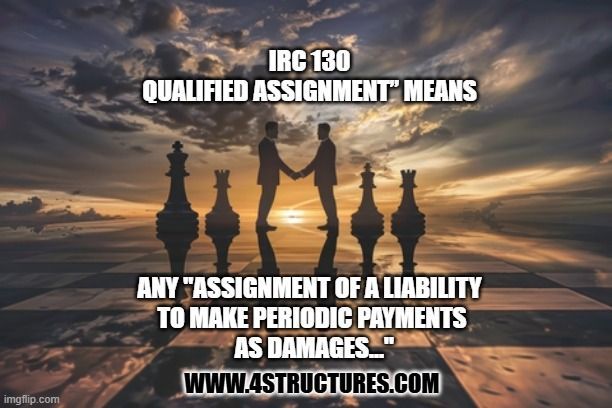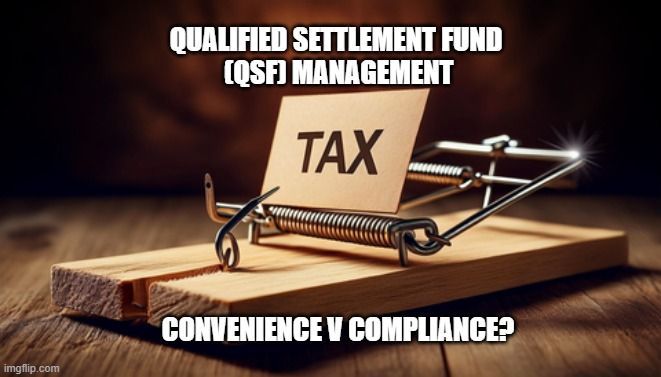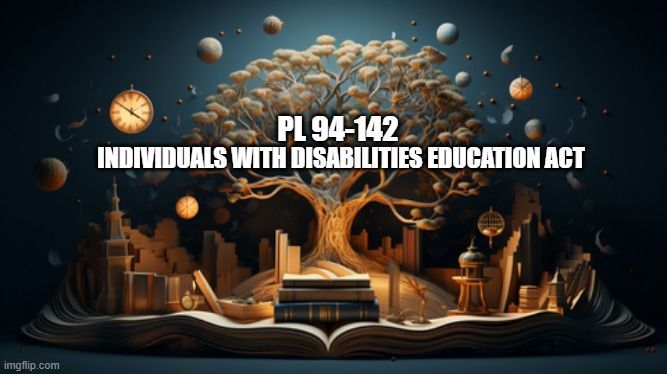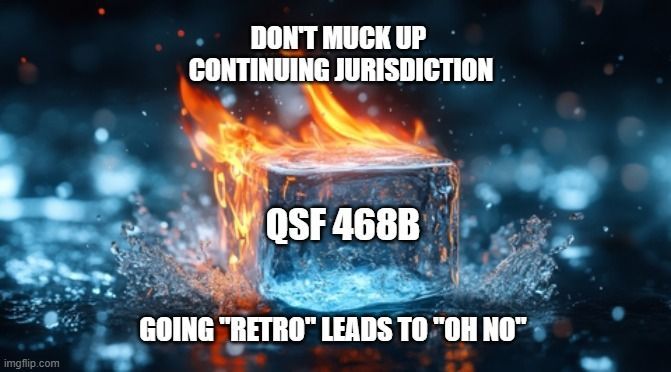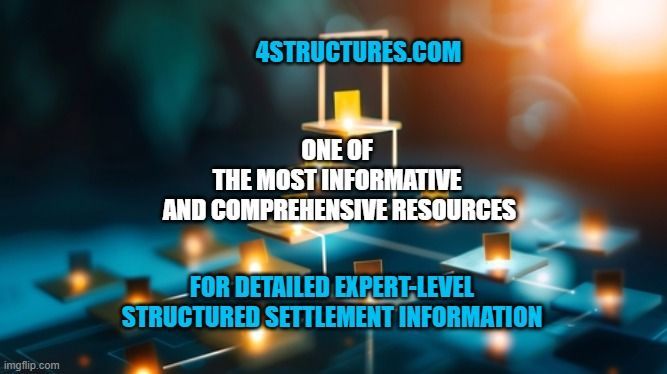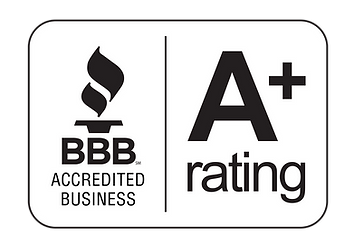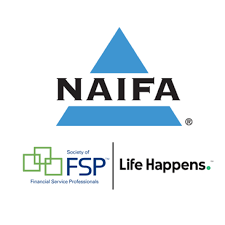The Structured Settlement Markets Explained
What are the Structured Settlement Primary, Secondary and Tertiary Markets?
1.
What is the Structured Settlement Primary Market?
Primary Market is the collection of structured settlement brokers , settlement planners, agents, brokers, agencies and life insurance companies and certain reinsurers, who participate in the placement of structured settlement annuities, periodic payment assumption reinsurance and providers of structured settlement funded with United States Treasury obligations.
- Most of the individual participants in the primary market will hold insurance licenses where they solicit and place new business. Some may also hold securities licenses.
- Prospective patrons of those in the primary structured settlement market can easily verify whether or not they are licensed by checking online.
- The primary market for structured settlements is a highly regulated market place where market conduct regulation is primarily enforced by the states. Regulators have the authority to fine, suspend or revoke licenses. Consumers have a place to seek redress.
- Many of the participants in the primary market are members of the National Structured Settlements Trade Association and/or the Society of Settlement Planners.
2. What is the Structured Settlement Secondary Market?
Secondary Market is a collection of factoring companies, factoring brokers and investors who acquire structured settlement payment rights from structured settlement annuitants via a court proceeding that is supposed to be compliance with IRC 5891 and applicable state structured settlement protection acts.
- Unfortunately there is no regulation of market conduct in the structured settlement secondary market and the lack of a moral compass has fostered wide scale corruption and fraud where uninformed annuitants, often Black and Hispanic minorities, young adults and the elderly are being victimized for tens of thousands, hundreds of thousands and in some cases millions of dollars meant for long term financial security. Some of those cases have made blistering headline grabbing investigative reports in Maryland, Washington DC, Virginia, Minnesota, South Carolina that have led to reforms, but others have slipped through the cracks.
- Particularly troubling is the rag tag collection of LLCs which makes it very difficult for consumers to know who they are dealing with. One secondary market participant, backed by The Blackstone group even established a bounty fund and refers to the rag tag bunch as parasites. To its credit the National Association of Settlement Purchasers (NASP), has tried to limit the number of alternate names of its members as part of its code of conduct. Unfortunately a significant population of the morally adrift secondary market participants are not members of NASP.
- Some of these companies generate a landfill of needless, inaccurate and sometimes illiterate information waste that purports to be about structured settlements, having employed or contracted some of the laziest, researchers and writers.
- One primary market agency operated structured settlement factoring operations for a period of time in the same building as its structured settlement agency and John Darer uncovered evidence of the related factoring company mining annuitants of the structured settlement brokerage before it was shut down in 2022. In one case the evidence was the appearance in the transfer petition, of the signature of the Buffalo setttlement planner on the Pacific LIfe structured settlement annuity application included in an exhibit of the annuity policy that was the source of the structured settlement payment rights that were being transferred.
- The larger secondary market companies package together the acquired factored payment streams into securitizations where they are sold to other financial institutions, or, particularly with smaller shops such payments are sold through the tertiary market.
What is the Structured Settlement Tertiary Market?
Tertiary Market is the collection of brokers and companies who make a market in already acquired structured settlement payment rights. They buy the rights from secondary market companies and then resell them to investors.
Unfortunately many of these companies deceive investors about what they are buying, by deceptively calling factored structured settlement payment streams annuities, when they are not annuities. In December 2018, the National Association of Insurance Commissioners, in its Statutory Issue Paper160, opined that that factored structured settlement payments streams are neither annuities nor insurance products.
There are only a few companies that are in the space and most of their principals have insurance licenses. They should know better, but they have intentionally misled investors for years that these structured settlement receivables are annuities.. Sadly there have been some victims like Robert and Linda Wall, a retired Pittsburgh couple who thought they were buying structured settlement annuities. Their own adviser believed they were too according to his deposition. They were victims of a fraud in the origination and as the result of
an unfavorable April 30, 2019 summary judgment ruling,
lost their entire $152,999 investment. In addition they have incurred tens of thousands of dollars in legal fees.

